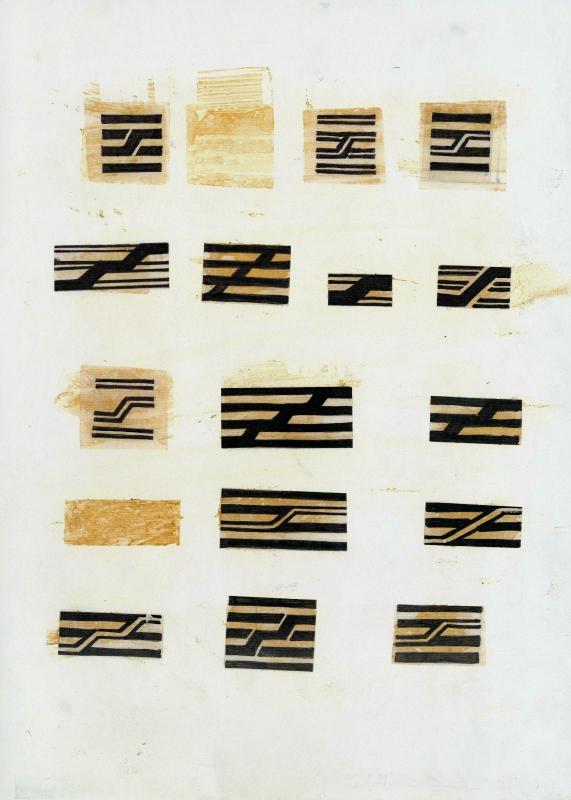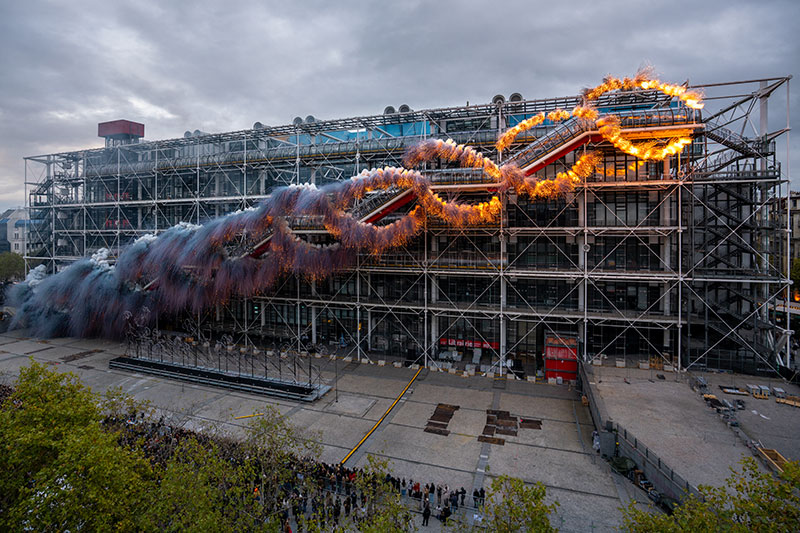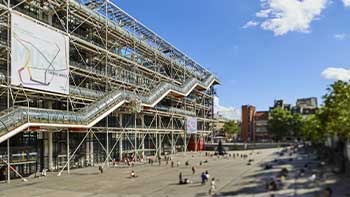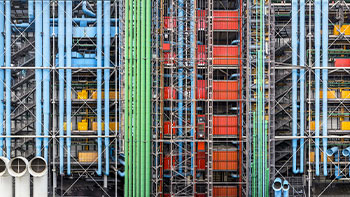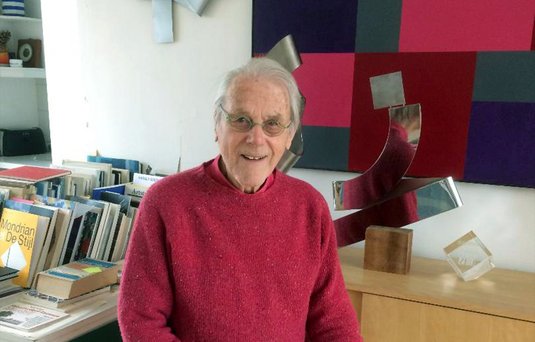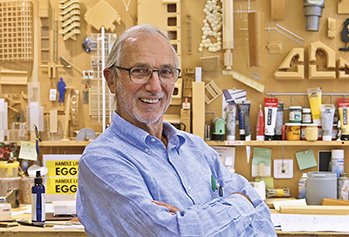
Architectural Secrets ► The “Caterpillar” of the Centre Pompidou
I
t was one of Paris’s worst-kept secrets. Until the end of September 2025 — when the building closed its doors to the public for an extended pause — you could ride the Centre Pompidou’s famous Chenille without even needing a ticket. Just hop on and let the legendary slow-moving escalators carry you up to one of the most breathtaking views in the city.
Taking the Chenille felt a bit like a rollercoaster ride: up, up, and up some more… No loops or drops, of course, but the payoff was just as thrilling. At around forty meters above ground, your gaze sweeps across all of Paris — from the Panthéon and Sacré-Cœur to Notre-Dame, and even as far as the skyscrapers of La Défense. Once a bold symbol of progress, this moving walkway now feels like a gently aging icon of modernity. Its hypnotic slowness is all part of the charm — and the experience.
It was one of Paris’s worst-kept secrets. Until the end of September 2025 — when the building closed its doors to the public for an extended pause — you could ride the Centre Pompidou’s famous Chenille without even needing a ticket.
Some visitors got so caught up in the view, they’d forget to even visit the exhibitions. Germain Viatte (1939–2024), the first director of documentation at the Musée National d’Art Moderne at the Centre Pompidou, once described the ascent as a kind of mystical love potion: “The open-air escalator lifted both body and spirit — and there was a lot of kissing going on up there.”
Jean Widmer, the graphic designer behind the iconic Centre Pompidou logo created in 1977, knew exactly what he was doing when he placed la Chenille at the heart of his design: not only was it the building’s main circulation route, it would also become its unmistakable emblem. By 2020, it was estimated that over 250 million people had ridden it since the building’s opening!
It’s the logo that came to me most quickly — as if it had been there all along, waiting.
Jean Widmer
Now instantly recognizable, the final form of la Chenille looks nothing like what first appeared in the 1971 façade drawings of the winning project by Renzo Piano and Richard Rogers. Back then, it was envisioned as just one branch of a bold architectural scheme — with giant information screens and a translucent envelope forming a kind of “three-dimensional wall,” an idea the architects gradually abandoned.
And yet, out of that abandonment, la Chenille emerged as one of the Centre Pompidou’s most iconic architectural features.
La Chenille remains a place to meet, to pause, and to pose — a backdrop for countless selfies where artists and lovers still cross paths. In 2024, Icelandic singer, songwriter, and producer Björk, along with artist Aleph, streamed Nature Manifesto from within the structure: an immersive sound installation blending ecological manifesto and samples of extinct animal calls. In October 2025, Chinese artist Cai Guo-Qiang took over the façade and la Chenille with The Last Carnival — a daytime pyrotechnic fresco in vivid colors, a dazzling farewell to mark the building’s final hours before renovation.
La Chenille remains a place to meet, to pause, and to pose — a backdrop for countless selfies where artists and lovers still cross paths.
As for la Chenille itself, it had already undergone a makeover in 2021. The caterpillar had shed its skin — driven by concerns of comfort and energy efficiency — with the replacement of its 1,200 glass panels. Nature knows best: some of the damaged panes were repurposed to furnish offices in Saint-Ouen. Nothing is lost, nothing is created — everything transforms.
As a tribute, the future Centre Pompidou Francilien — set to open in late 2026 in Massy (Essonne) — will feature a bold zigzag across its façade: this time, a traditional staircase. A nod to the original building by Renzo Piano and Richard Rogers, the new site is being designed by architecture firm PCA-STREAM.
La Chenille is a kind of social amplifier — almost like a street.
Nicolas Moreau, architect and co-founder of the firm Moreau Kusunoki
Now in hibernation for five years, la Chenille quietly awaits its return. “It’s a social amplifier — almost a street. It’s essential to preserve its role, and the renovation aims to place it once again at the heart of the building,” explains Nicolas Moreau, whose agency Moreau Kusunoki is leading the redesign of the Centre Pompidou’s interior spaces. In 2030, we’ll all be there to see it come back to life. ◼
Related articles
The façade of the Centre Pompidou, 2023
Photo © Sergio Grazia
